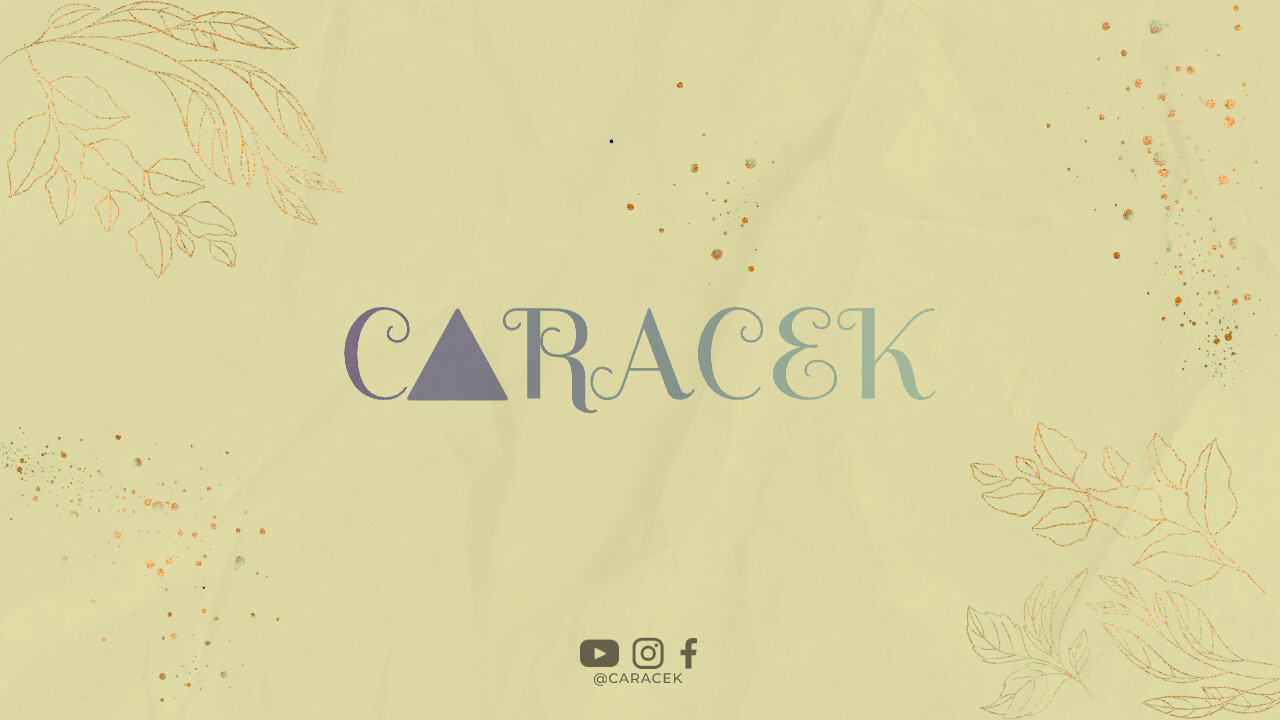Indonesia, known for its rich cultural heritage, is a treasure trove of traditional crafts. One such remarkable craft is the art of Bali Fiber, a technique that has been passed down through generations. With its intricate designs and vibrant colors, Bali Fiber stands as a testament to the country’s artistic prowess.
The History of Bali Fiber
Bali Fiber, also known as anyaman, has a long and storied history in Indonesia. The art form originated in the small villages of Bali, where local artisans used natural materials such as pandan leaves, rattan, and bamboo to create intricate weavings.
The weaving techniques used in Bali Fiber have been perfected over centuries, with each village having its unique style and patterns. These weavings were not only used for decorative purposes but also served functional roles, such as creating baskets, mats, and even traditional clothing.
The Process of Creating Bali Fiber
The process of creating Bali Fiber is a labor-intensive one, requiring patience, skill, and attention to detail. It begins with the collection of raw materials, such as pandan leaves, which are then dried and prepared for weaving.
The leaves are carefully split into thin strips, which serve as the foundation for the weaving. The artisan then starts the intricate process of weaving, using traditional techniques passed down through generations. Each strip is meticulously intertwined, creating beautiful patterns and designs.
Once the weaving is complete, the Bali Fiber creation is often adorned with additional decorative elements, such as beads or shells, to enhance its aesthetic appeal.
The Significance of Bali Fiber
Bali Fiber holds immense cultural significance in Indonesia. It is not just a craft but a way of life, deeply rooted in the traditions and customs of the Balinese people. The weavings are often used in religious ceremonies, symbolizing prosperity, protection, and spiritual connection.
Furthermore, Bali Fiber has gained international recognition for its exquisite beauty and fine craftsmanship. It has become a symbol of Indonesian culture and is highly sought after by collectors and art enthusiasts worldwide.
The Versatility of Bali Fiber
One of the remarkable aspects of Bali Fiber is its versatility. The weavings can be transformed into a wide range of products, including bags, hats, placemats, and even furniture. The intricate patterns and vibrant colors add a touch of elegance to any space or outfit.
Not only is Bali Fiber visually stunning, but it is also durable and sustainable. The use of natural materials ensures that each piece is environmentally friendly, making it an excellent choice for those seeking eco-friendly alternatives.
Preserving the Art of Bali Fiber
As with many traditional crafts, the art of Bali Fiber faces challenges in the modern world. However, efforts are being made to preserve this unique craft and ensure its continuity for future generations.
Local organizations and artisans are working together to promote the art form and provide training opportunities for aspiring weavers. Additionally, initiatives are being taken to raise awareness about the cultural significance of Bali Fiber and its importance in Indonesian heritage.
In Conclusion
Bali Fiber is a remarkable craft that showcases the rich cultural heritage of Indonesia. With its intricate designs, vibrant colors, and versatility, it has become a symbol of Indonesian craftsmanship. As efforts are made to preserve this art form, Bali Fiber continues to captivate the world with its beauty and cultural significance.

